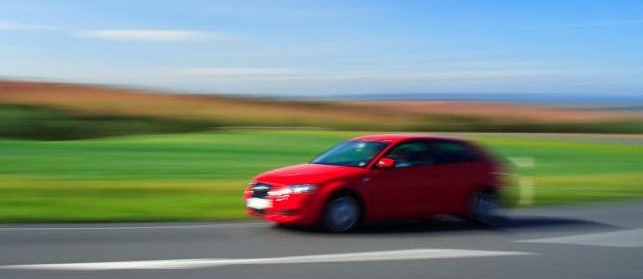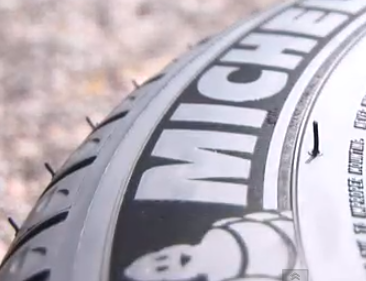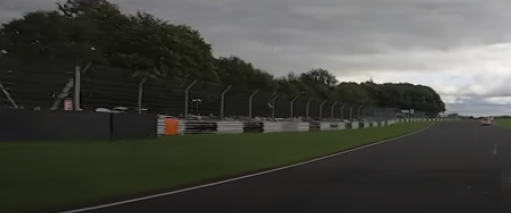Introduction to Track Days
If you own a performance car, taking it out onto a racing circuit is a logical step if you want to be able to stretch its legs safely and legally. Doing so may be on your to-do list, but it may also seem a little daunting. There is a big difference between speeding and driving too fast; they are not the same. You can be under the speed limit and driving way too fast, and you theoretically can be over the speed limit driving in relative safely. For obvious reasons, you should never exceed the speed limit on the roads, which is why track days are so good.
 Track days are growing ever more popular as a way of driving more quickly than is allowed on the road, but in a controlled, safe environment. They are truly great fun, and with the right approach, they can teach you a lot about your driving and your car that will actually make you a safer driver on the road.
Track days are growing ever more popular as a way of driving more quickly than is allowed on the road, but in a controlled, safe environment. They are truly great fun, and with the right approach, they can teach you a lot about your driving and your car that will actually make you a safer driver on the road.
Pick a day
The first thing to think of is where you will do your first track day. Some circuits and organisers are a little more user friendly for the novice track day goer, so some thought needs to go into that.
Like most things in life, you get what you pay for, however, a lot of the more expensive organisers also tend to have very fast, experienced clients, often with full-blown track cars. MSV, who owns a number of tracks in the UK, run their own days and often run novice only days. These are particularly good as they are well run and well-controlled. In terms of actual circuits, places like Donington, Snetterton and Brands Hatch Indy circuit are good starter points as they tend to be a bit more forgiving. Cadwell Park and Oulton Park are probably best saved for when you have more experience.
When you book your day, there will be lots of additional information there, such as whether it is an open-pit or a session day, as well as what the noise limit is for the day. Open-pit means that you can go out on track whenever you want to during the day, whereas with a session day, you are restricted to set times for your group. In reality, it doesn’t make that much difference as you don’t want to pound round for lap after lap anyway. Session days also tend to be a little cheaper.
With noise limits, you need to make sure your car complies; otherwise, you won’t be allowed on track. All circuits have strictly enforced noise limits, but generally, you will be fine with a standard car at most places.
The other thing to think about though is that a track day is incredibly tiring. Invariably pre-match nerves will also play a part, and you might find that the excitement leads to a lack of sleep the night before, compounding the fatigue. Picking a circuit that isn’t too far from home to cut down on the traveling time is therefore a good idea.
 Prepare your car.
Prepare your car.
You don’t need to carry out extensive car preparations, but you do need to make sure everything is in good working order. That means plenty of brake pad material, tyres in good condition and emptying the cockpit of anything that could potentially fly around.
Check all your fluid levels and set your tyre pressures to the manufacturer recommended levels for sustained motorway driving. You see literally all sorts of cars on track days, so don’t worry if you only have a humble hatchback; you will have just as much fun!
Manage your day
It is generally best to wear long sleeves and trousers as well as comfortable shoes that you like to drive in. You don’t need racing boots or gloves, and you will be able to rent a helmet as long as you arrange to do so beforehand. Remember to take your driving licence with you as well. For most track days now, the signing on process is done online, but there will still be a sign on desk at the circuit where you will often need to present your licence. At that point, you will also be issued with a wristband and told to attend the briefing.
The briefing itself will cover things like flag signals, circuit etiquette, overtaking procedures and timings. There is a lot of information in there so if you miss anything or are not sure, don’t be afraid to ask afterwards in order to clarify.
At the start of most track days, there will be a familiarisation session where you w ill be led around in groups at a steady speed. These are invaluable as they give you a chance to have a look around and get your bearings.
ill be led around in groups at a steady speed. These are invaluable as they give you a chance to have a look around and get your bearings.
We would always recommend getting some tuition, even if it is just the short session offered by the track day organiser. Even better if you can have your own coach with you for the day, as they will take a lot of the stress out of it. They can guide you throughout and help manage you and the car.
Start slowly and build up gradually. It can take time to learn the track, and it can catch you out if you try and go too quickly, too early. You will often be travelling more quickly than you think you are, so you need to give your brain a chance to acclimatise. You also need time to keep an eye on your mirrors and manage the other cars around you.
Driving on track will work every component much harder than road driving does, including you! It is important that you don’t spend too long on track so limit your runs to fifteen or twenty minutes max before taking a break and allowing things to cool down.
In between runs, keep yourself hydrated and keep a watching eye on things like tyre wear. Also, remember to check your fuel; causing a red flag because you have run out also causes a red face! The main thing is obviously to enjoy your day. Don’t be afraid to seek help and advice while you are there, and take things at your own pace.
Have fun!
